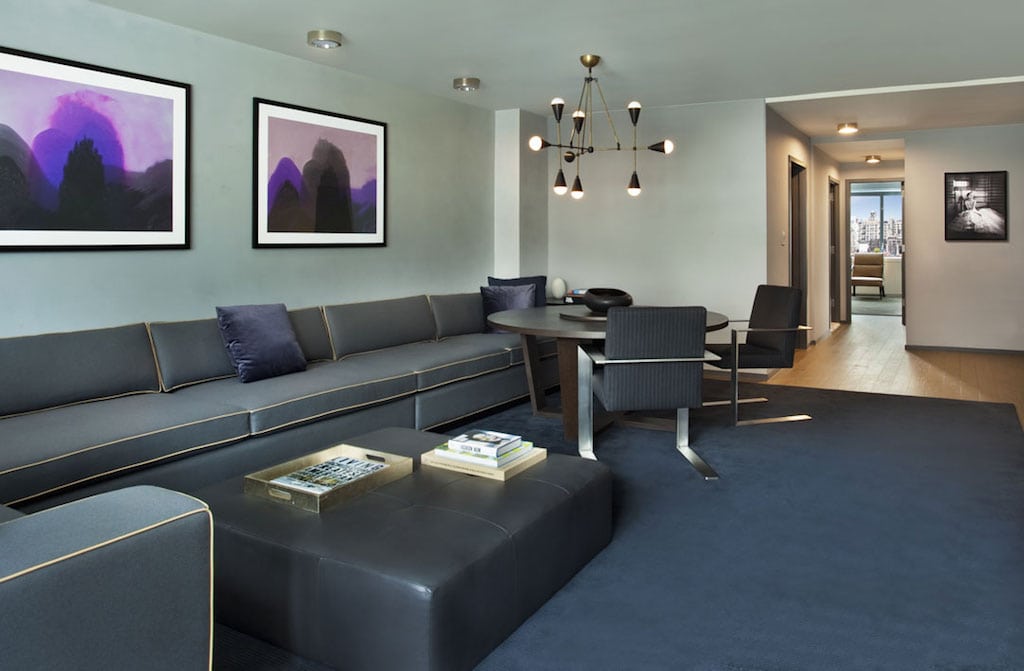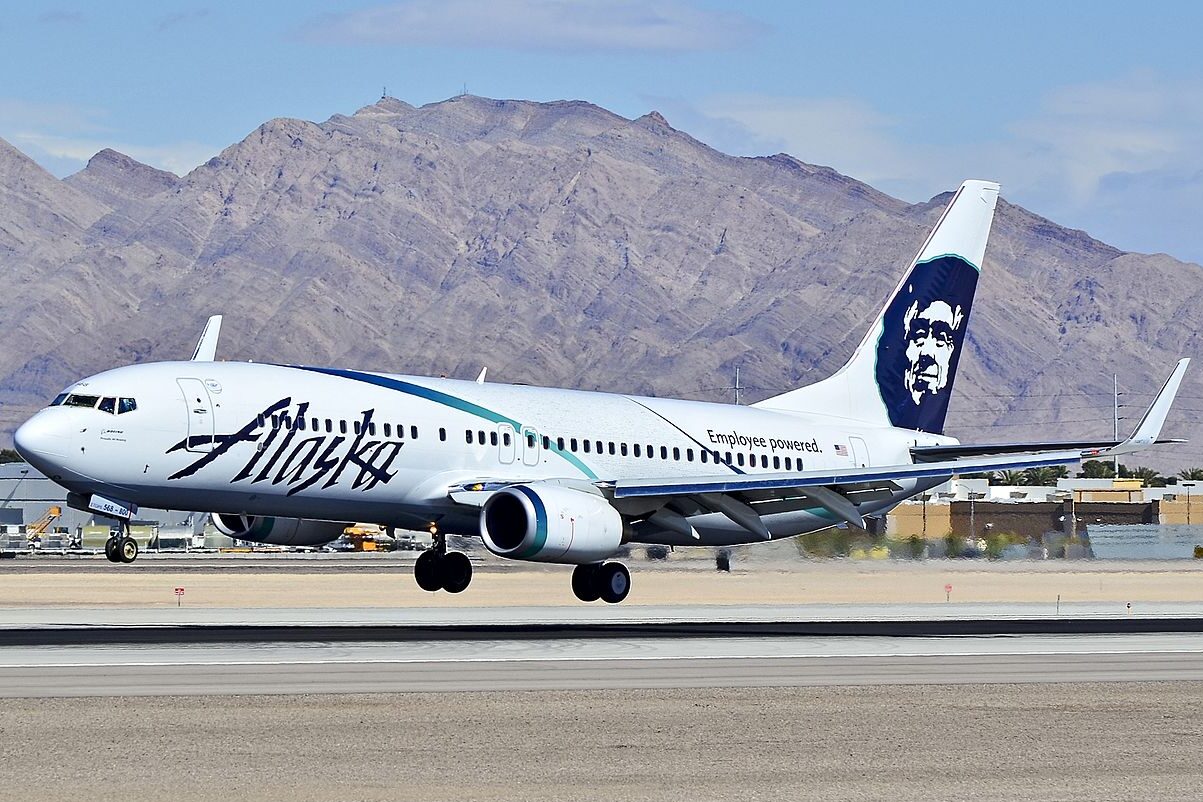Loews' New Regency Brand and the Challenge of the Next-Generation Luxury Consumer

Skift Take
Loews Hotels entered the luxury hospitality scene in early 2014 following a $100 million renovation of the flagship Loews Regency Hotel New York on Park Avenue, although it wasn’t actually planned that way.
Upon seeing the results of the renovation, Loews Hotels’ chairman Jonathan Tisch and his executive team realized they had something a step above the rest of the Loews Hotels portfolio. Also last year, Loews entered into talks to purchase the Mandarin Oriental in San Francisco. The reflagged 155-room Loews Regency San Francisco opened in the Financial District in April.
So with two signature luxury properties suddenly on its hands, each with admirable addresses and provenance, Loews Hotels launched the new luxury Loews Regency brand last month.
According to STR and Tourism Economics’ most recent forecast this month, “The U.S. hotel industry is projected to experience continued performance increases through 2016…. Among the Chain Scale segments in the U.S., Luxury is projected to see the greatest rise in average daily rate (+5.5 percent).”
Based on that information, do hotel companies in the luxury segment really even need to try and differentiate their product today? Or is it enough just to keep opening hotels to expand the asset base and drive shareholder value, because with those kind of increases in ADR, there’s obviously robust demand to fill rooms. So where does Loews Regency position itself among the Four Seasons, Ritz-Carltons, and Mandarin Orientals of the world? Or does it even matter?
Tisch says the Loews Regency brand positioning revolves around “intimate luxury.”
“Loews wants to run a prestigious property that offers great services, and the term ‘intimate luxury’ really reflects that goal,” he says. “It reflects our understanding of the guest experience for close to 75 years, so we try to provide that intimate luxury in a way that is not in your face. It is unpretentious and it is comfortable. That's what we feel really signifies the Loews Regency brand.”
There could be something there. If you look at the next generation luxury consumer, there’s a decided shift away from pretentiousness, where Loews can perhaps make inroads. Most of the other top-tier brands have cultivated a rehearsed air of exclusivity, which has been a primary selling point and point of differentiation for them forever.
Does the emerging Millennial luxury traveler want that kind of, to be somewhat crass, snob appeal? Or, to be more specific, the U.S. luxury traveler? The Asian and South American markets are certainly interested in in-your-face luxury brands, but the North American traveler is shifting away from that. The Loews Regency has room to move in that U.S.-centric space.
In addition, in the upper upscale market, Loews operates only 23 hotels located solely in North America, so it has by and large avoided the generic, large corporate sameness of other brands that have many more hotels, and that could potentially be a position of strength for the Regency flag.
In its refusal to grow rapidly, Loews has a reputation for building hotels that have always incorporated local culture. For example, half of the Loews Miami Beach Hotel includes a historic Art Deco building. Back in the late 90's before Miami opened, Tisch dressed up in drag as a reporter to talk to the locals about how they felt about a big brand moving into their neighborhood. It was brilliant in its execution and way ahead of its time, and it helped secure the hotel contract for Loews.
At Loews New Orleans Hotel, Cafe Adelaide is one of the most authentic local hotel restaurants, operated by the home-based Commander’s Palace Family of Restaurants. And on the Loews Hotels blog, you can read stories about how Washington D.C. was voted the #1 gayest city in America by The Advocate.
So that local culture story is firmly established at Loews but it doesn’t seem to be something Tisch and Co. are pushing, because maybe they don’t have to with occupancy numbers continuing north industry-wide. But then how do you create excitement around a brand for the consumer? Talking about “exceeding expectations” and “excellent service and amenities” definitely won’t do it because every brand is saying that and no one cares. Those empty marketing phrases are meaningless to the next gen consumer.
Instead, Loews and Loews Regency should ram their local destination-specific culture fast and hard on every paid and owned media channel it can find, and then we might have something more to get worked up about. Especially when those heady ADR/occupancy increases plateau in a few years.
Amanda Hite, STR’s president and COO, says, “All of the key performance indicators are at record highs, and barring a black swan event that jars the global economy, we don’t expect any dramatic changes during the foreseeable future.”
Sure, if you think of “foreseeable future” in terms of a couple years. But what about the long play, the other just as foreseeable future? Where will Loews be in five years when every hotel is local, every luxury consumer is a lifestyle luxury consumer, and Airbnb and innumerable other sharing companies have a luxury platform? Loews Regency can get in front of that and create white space between them and other luxury hotel brands with continually aging demographics if they tap into today’s consumer expectations and behavioral trends.
Although, as of now, the internal brand messaging around Loews Regency’s primary brand pillars is lacking in that area:
The Loews Regency brand will combine top-notch amenities and conveniences, and will offer three distinctive qualities:
- Location — Situated in the most sought after locations within a destination.
- Service — Approachable luxury with a personalized style that is warm and engaging.
- Energy — Featuring vibrant lobby bars and lounges, as well as a culture that exudes sophisticated, modern and comfortable touch points.
“Distinctive?” Could any first year hospitality marketing student possibly produce a more boring and formulaic brand presentation?
Except, it’s not really fair to single out Loews in this way, because it’s not any better with most other corporate hospitality messaging (see our Sheraton 2020 story earlier this week), which is why the big box hotel sector is going to be filled with a lot of old people in five years. Not that that's necessarily a bad business model, for the shorter version of the “foreseeable future.”
The Local Loews
There are two brand-specific local experiences that Loews Regency is promoting that provide at least a breath of engaging brand storytelling. The first is the long established “Power Breakfast” at The Regency Bar & Grill inside the Loews Regency New York.
“The beginning of the power breakfast theme started literally at Loews Regency in New York City with my boss some 45 years ago,” says Tisch. “It is a place where New Yorkers and visiting guests start their day, and we hope to have that same attraction in other Loews Regency hotels. Today's traveler is highly educated, and desiring of unique experiences. They are a bit spoiled in that they have many choices, and it becomes incumbent upon us, the hotel, that we’re providing experiences to differentiate our product.”
The second enlightened brand vision is the Specialty Suites. During the renovation of Loews Regency New York, four innovative interior design firms created six unique suites. Those firms are Nate Berkus Associates, Meyer Davis Studio, Rottet Studio and Haynes-Roberts, Inc.
The Bespoke Suite by Meyer Davis, for example, is a mid-century-inspired experience celebrating New York’s fashion scene with Mad Men minimalism. Advertised rates on Loews' website over a weekend at the end of June are $2,249 per night. Mr. Tisch’s favorite is the suite designed by Nate Berkus, which celebrates a blend of classic and contemporary Park Avenue style.
Berkus says, “The challenge in designing any hotel suite is for it to not feel generic or staid. The goal is always to create a space that feels fresh and new and unexpected, like you’re stepping into someone’s home, where every detail from the art to the accessories on the hall table is thought out and deliberate.”
Exactly. Except in this case, it costs over $3,200 per night to feel “fresh and new and unexpected.”
There are many boutique hotels around the world with different themed rooms. Why couldn’t Loews Regency, Loews Hotels, or anyone else develop this personalized experience in some of their standard room inventory? That would "exceed expectations."
Greg Oates covers tourism and hospitality development.




